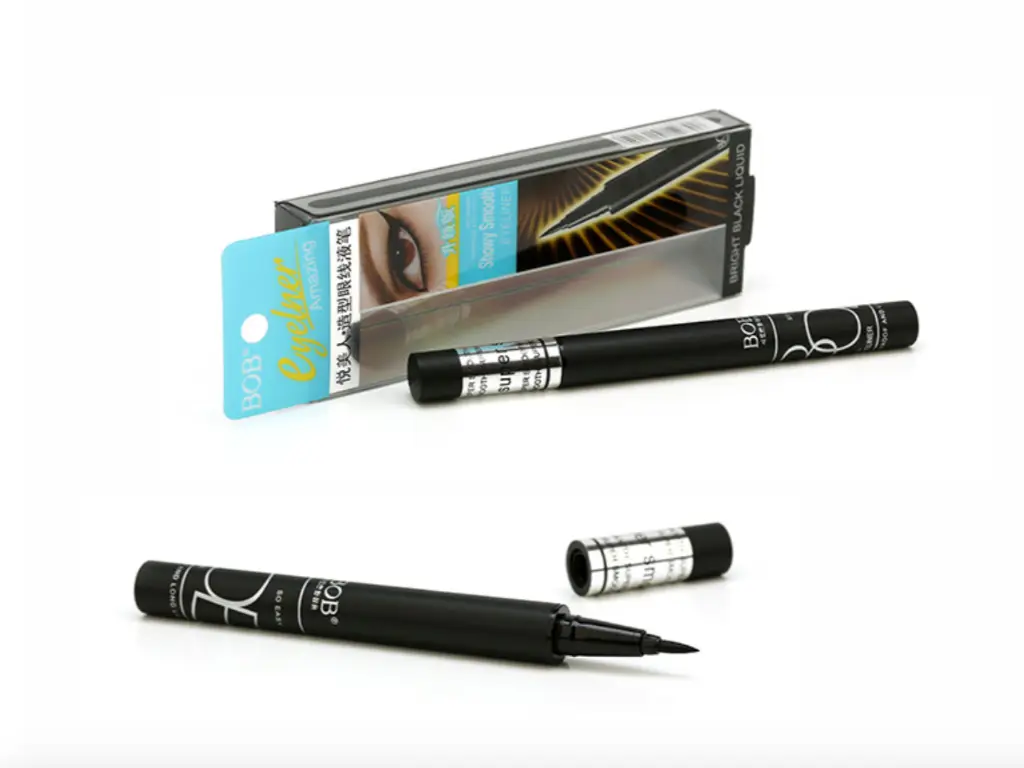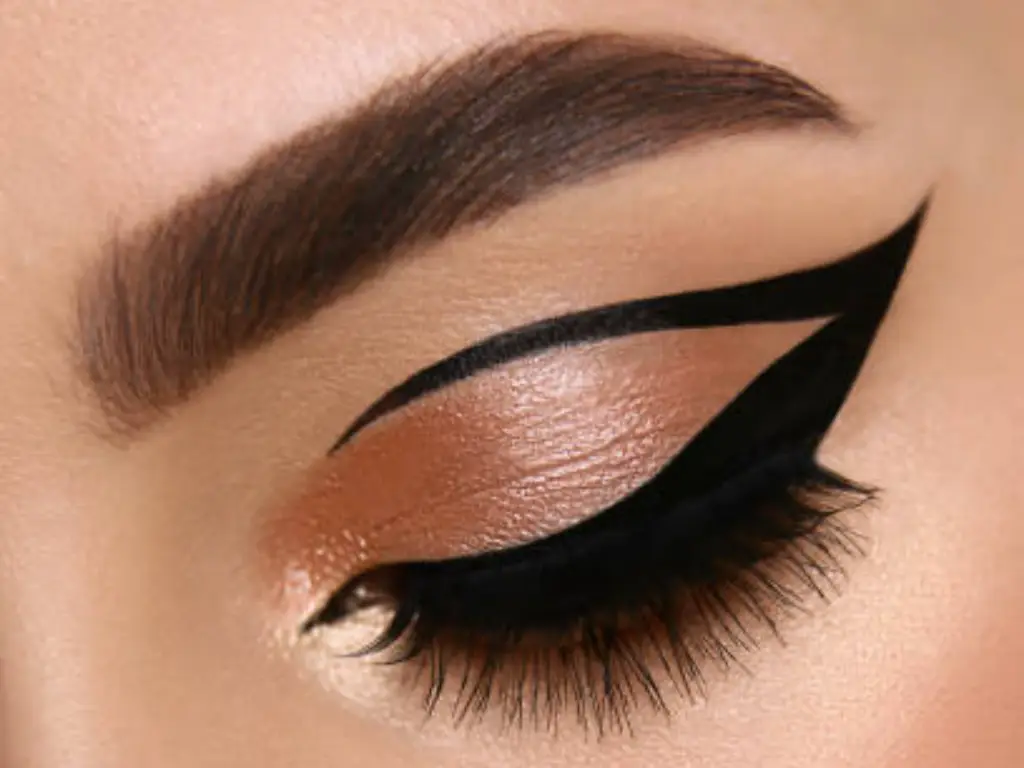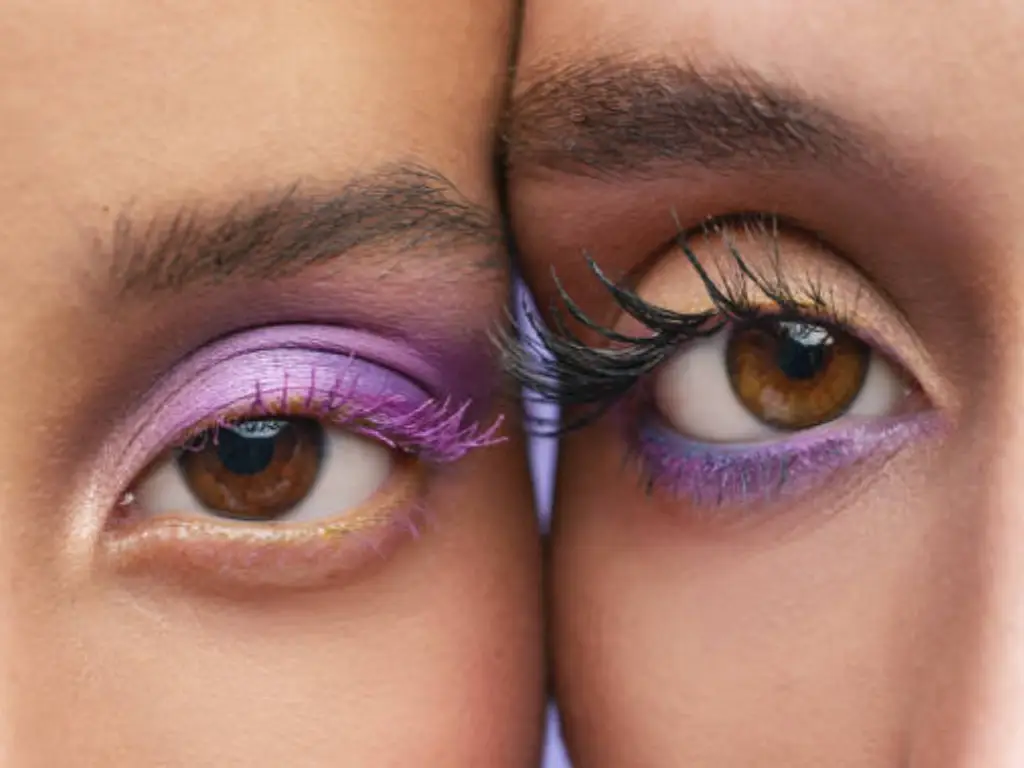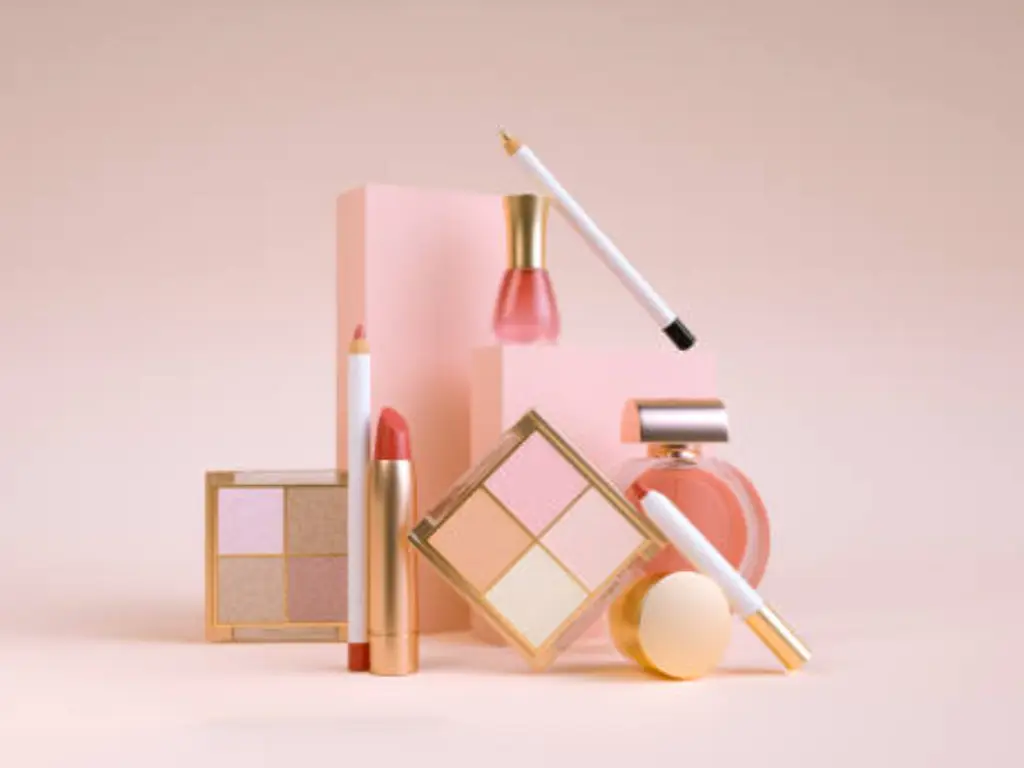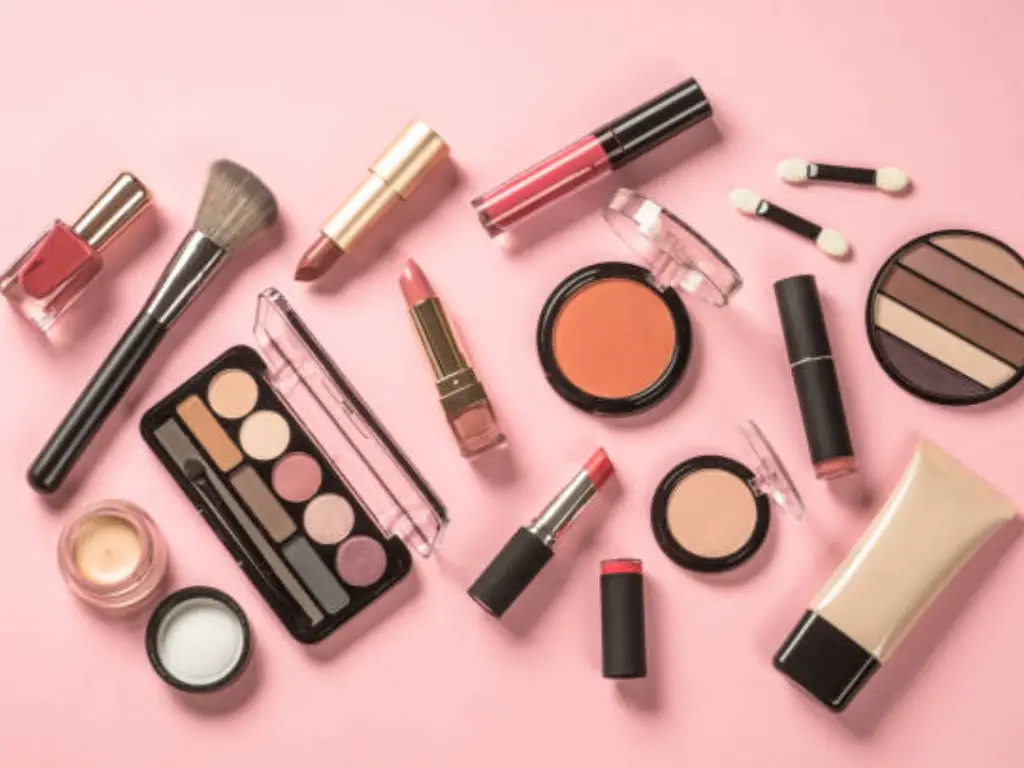Choosing between matte vs glossy lipstick involves more than just personal preference—it requires understanding each finish’s formulation, benefits, and ideal use cases. This guide explores the key differences in appearance, comfort, and longevity, and explains how innovations like hybrid finishes offer new possibilities. By considering your lip type, skin tone, age, and makeup style, you can make a more informed choice that suits both your look and lifestyle.
What Is the Matte and Glossy Lipstick?
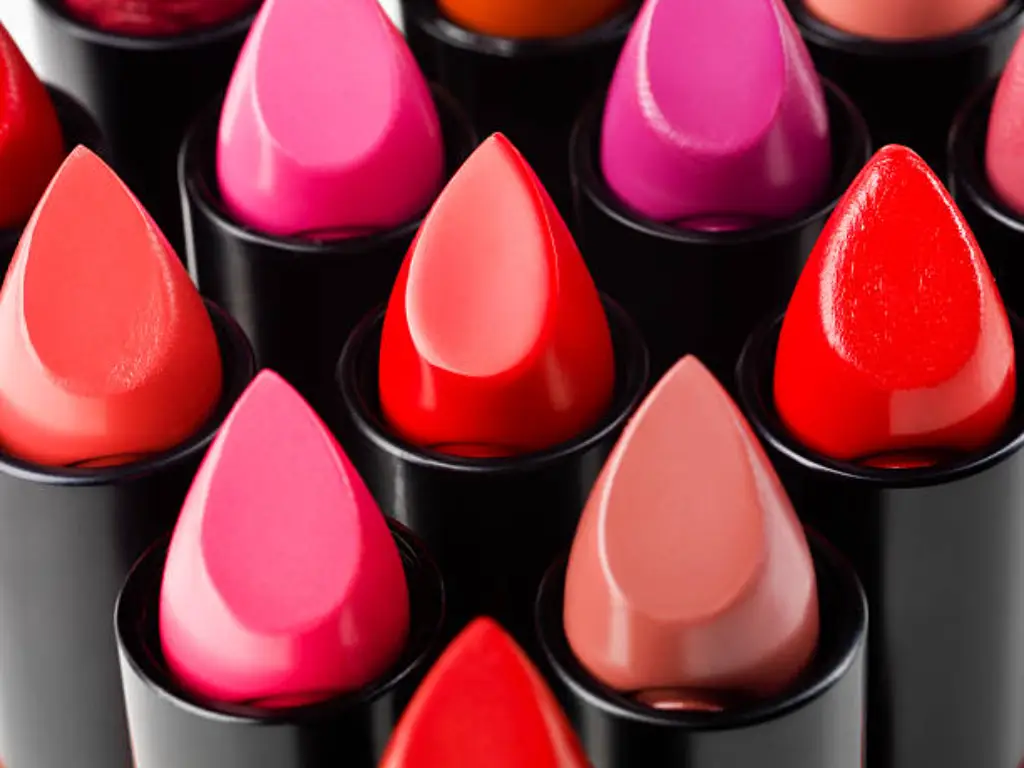
Before evaluating the matte vs glossy lipstick debate, it is essential to first define what each finish entails.
Matte lipsticks are formulated to deliver a flat, non-shiny finish. They often have a dense pigment load, which ensures full coverage and a bold, uniform color payoff. These lipsticks usually contain less oil and more wax or powders, resulting in a drier texture that adheres closely to the lips. This characteristic makes matte lipsticks a preferred choice for long-lasting, defined lip looks, especially in professional or high-impact settings.
Glossy lipsticks, on the other hand, are designed to create a reflective, luminous finish. These formulations often include more emollients and gloss-enhancing ingredients. The result is a product that adds shine, dimension, and a hydrated appearance, though typically with slightly less color intensity compared to their matte counterparts.
- Appearance: Matte finishes are velvety and flat, while glossy finishes reflect light and appear wet or plump.
- نَسِيج: Matte lipsticks feel dry and weightless; glossy lipsticks feel slick and moisturizing.
- التغطية: Matte lipsticks provide full opacity; glosses tend to be more sheer or medium coverage.
- Wear Experience: Matte formulas emphasize lip texture and require prepped lips; glosses are more forgiving but may feel sticky and require reapplication.
The decision between glossy vs matte lipstick starts with understanding how each finish interacts with your lips and the visual outcome you want to achieve.
Matte vs Glossy Lipstick: Key Pros and Cons
Understanding the Nature of Matte Lipstick
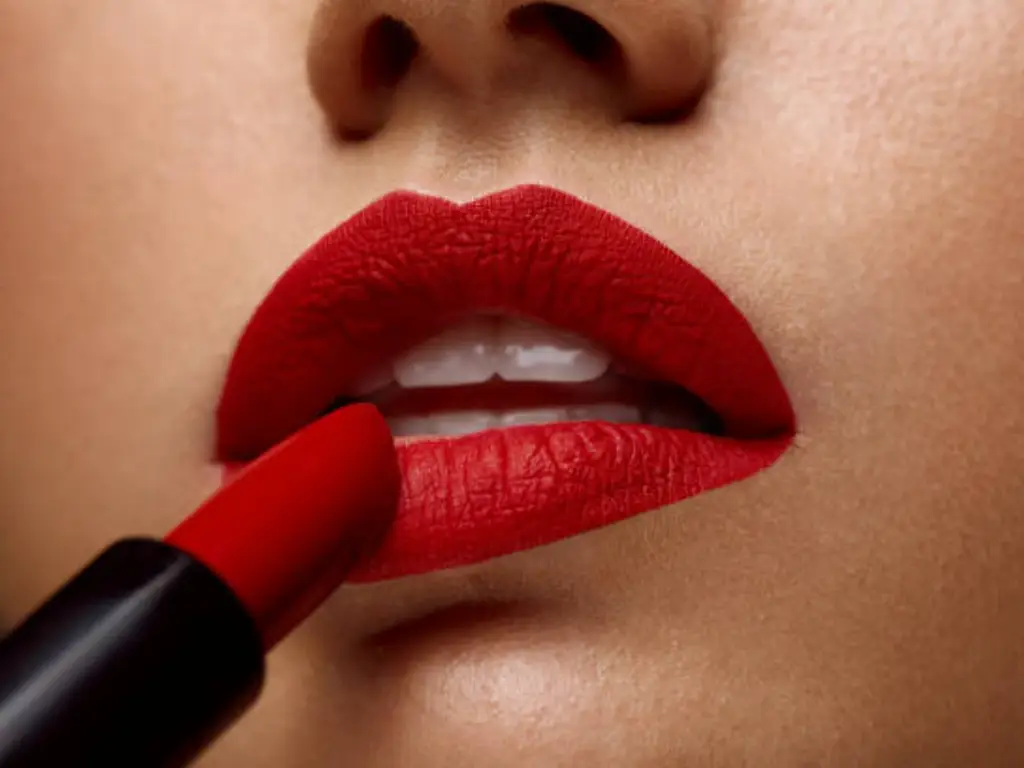
الايجابيات:
- ارتداء يدوم طويلاً
Matte lipsticks are formulated with higher pigment concentration and lower oil content, enabling superior color payoff and extended wear. This makes them ideal for all-day use without frequent reapplication.
- Smudge and Transfer Resistance
Due to their drier texture and film-forming agents, matte finishes are less likely to transfer onto cups, masks, or clothing, offering practicality in high-contact environments.
- Professional, Bold Appearance
Matte formulas provide a high-definition, flat color finish that’s often associated with polished, editorial, or formal makeup looks, enhancing lip contours without shine distractions.
سلبيات:
- Can Emphasize Lip Texture and Dryness
Matte finishes may accentuate fine lines, flakiness, or chapped lips due to the lack of emollients. Without proper lip prep, the formula can appear uneven or feel uncomfortable.
- Less Forgiving for Quick Application
Because they set quickly and offer intense pigmentation, matte lipsticks typically require more precise application techniques and may not be beginner-friendly.
Exploring the Characteristics of Glossy Lipstick
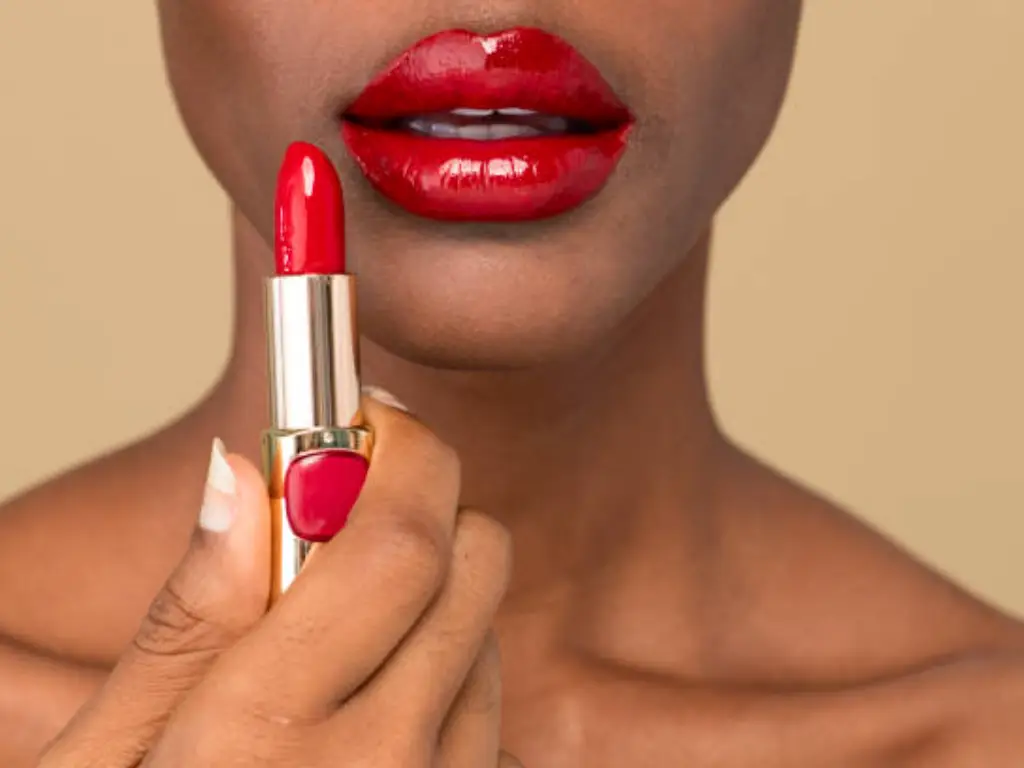
الايجابيات:
- Hydrating and Comfortable Feel
Glossy lipsticks contain a higher percentage of oils, humectants, and gloss agents like lanolin or polybutene, which contribute to a smooth, cushioned feel on the lips.
- Visually Enhances Lip Volume
Their light-reflecting properties create the illusion of fuller, plumper lips, making them especially suitable for thin or flat lips needing dimension.
- Easy to Apply and Reapply
With a slick texture and sheer-to-medium coverage, glosses can be applied without precision and easily touched up without visible patching.
سلبيات:
- وقت ارتداء أقصر
Glossy lipsticks are more susceptible to fading, smudging, and transferring due to their emollient-rich composition, requiring frequent maintenance.
- Stickiness and Hair Adherence
Some formulas can feel tacky, and their surface texture may attract particles like hair or dust, especially in outdoor or humid conditions.This nuanced comparison of matte vs glossy lipstick shows that each finish offers unique advantages and limitations.
Choosing between them depends on comfort preferences, desired look, and application context.
How to Choose the Right Lipstick Finish

Based on Lip Type and Skin Tone
- Dry or textured lips benefit more from glossy finishes or satin hybrids due to their moisturizing properties.
- Full lips can pull off either finish; however, matte lipsticks help reduce visual volume for those seeking a more understated appearance.
- Thin lips often look fuller with glossy lipstick, which enhances light reflection.
For skin tones:
- Cool undertones pair well with berry, pink, or blue-based reds in either finish.
- Warm undertones harmonize with peach, coral, or brick shades, and can accommodate both textures depending on the overall makeup look.
Based on Age Group و Makeup Style
- Younger users tend to experiment more freely with glossy or high-shine formulas, aligning with current youth trends and dewy aesthetics.
- Mature users may prefer satin or creamy matte formulas, as extreme matte finishes can emphasize fine lines, while overly glossy textures may migrate outside the lip line.
For makeup style:
- Minimalist Makeup: Glossy or satin finishes add freshness without overpowering the look.
- Classic Glam: Matte lipsticks in bold shades (red, plum) enhance defined eyes and structured features.
- Natural/No-Makeup Look: Sheer glosses or tinted balms maintain softness and hydration.
- Dramatic or Editorial Looks: Matte or velvet finishes offer strong visual impact and precision.
Based on the Occasion or Setting
- For corporate or formal environments, matte lipstick projects professionalism and control, often better suited for photography or long-wear needs.
- In casual or social settings, glossy lipsticks provide a more approachable, fresh look.
- Evening events allow for bold matte shades or dramatic glosses, depending on the intended aesthetic.
Understanding these layered considerations enables a more informed approach to navigating the matte vs glossy lipstick spectrum based on practical needs.
From Formulation to Innovation: How Ingredients Shape Matte, Glossy, and Hybrid Lipsticks
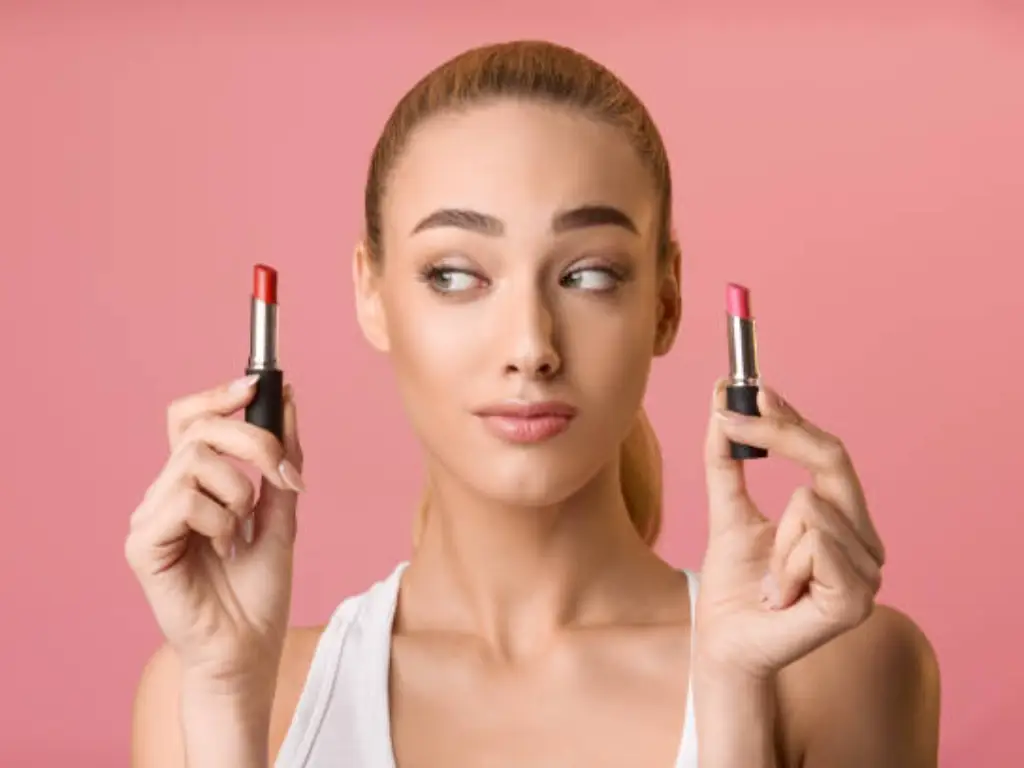
The Core Ingredients Behind Matte and Glossy Lipsticks
The performance and finish of lipsticks are shaped primarily by their base formulation.
- Matte lipsticks use high concentrations of waxes (e.g., beeswax, carnauba) and oil-absorbing powders like silica or kaolin clay. This reduces shine and creates a dense, non-reflective color layer.
- In contrast, glossy lipsticks are formulated with more emollients and cream-based oils. These enhance spreadability and produce a subtle shine, while maintaining a structured, pigmented form—not to be confused with fluid lip gloss. Glossy lipsticks still deliver color coverage, though typically less opaque than matte versions.
Pigments in both are stabilized by film-forming agents to ensure even application. Matte formulas limit dispersing agents to preserve opacity, while glossy ones incorporate esters for smooth glide. According to the EU Cosing Database, these components are considered safe within regulated use.
You might wonder—can matte and glossy lipsticks be layered to achieve dual benefits? Absolutely. This technique, known as lip layering, is widely used to combine matte’s longevity with the comfort and light-reflective softness of a glossy topcoat, resulting in a custom, multidimensional lip look.
How Ingredient Innovation Gave Rise to Hybrid and Satin Finishes
Modern lipsticks now include hybrid textures like satin and velvet. These finishes balance pigment, oils, and film-forming polymers (e.g., trimethylsiloxysilicate) to provide color, comfort, and moderate shine. Some use dual-phase systems to separate gloss and pigment until application—common in lip lacquers and cushion formats—offering more adaptive finishes for diverse needs. Read the article “Matte Lipstick vs Satin” to learn more about lipstick characteristics.
What These Innovations Mean for Your Lips
For users, these innovations deliver several practical benefits:
- Improved wear time without excessive dryness
- Better visual adaptability across lip textures and skin tones
- More finish options that are neither too flat nor too shiny
These developments expand beyond the traditional matte vs glossy lipstick binary, allowing users to customize their lip look based on comfort, occasion, and aesthetic preference.
Final Verdict: How to Decide Which Lipstick Finish Is Best for You
| Finish Type | Color Payoff | طول العمر | Moisturizing | Recommended For | Best Suited Occasions |
| مطفي | High | طويل الأمد | Low | Oily or full lips; users wanting defined lip edges | Professional settings, long-wear events, photography |
| لامع | Sheer to Medium | Short to Moderate | High | Dry or thin lips; beginners or casual users | Casual outings, daytime looks, youthful or dewy makeup |
| Satin / Hybrid | Medium to High | Moderate to Long | Moderate to High | Most lip types; those seeking balance | Everyday wear, semi-formal events, office to evening transitions |
Whether you prefer the bold definition of matte or the luminous appeal of gloss, the best lipstick finish is the one that meets your functional needs and aesthetic goals. There is no universally superior option. However, knowing how each finish performs and when to use it can improve your makeup outcome and purchasing decisions.
Ready to try them for yourself? Explore our curated selection of professional-grade matte, glossy, and other lipsticks to find your perfect match.


